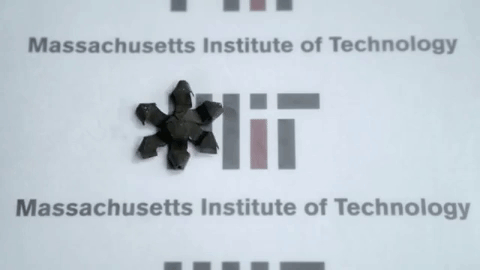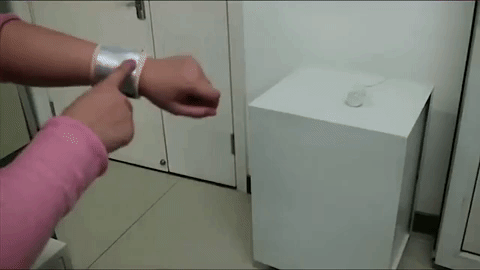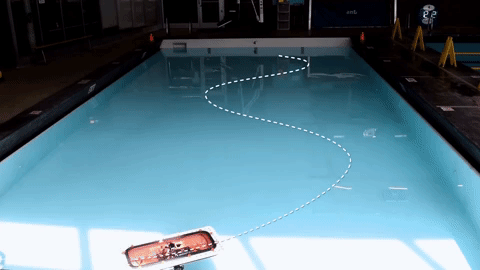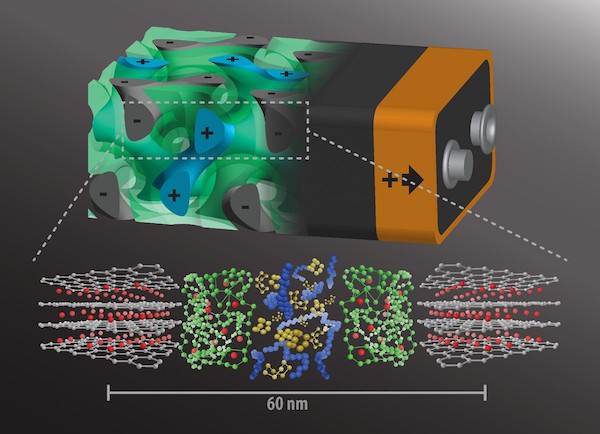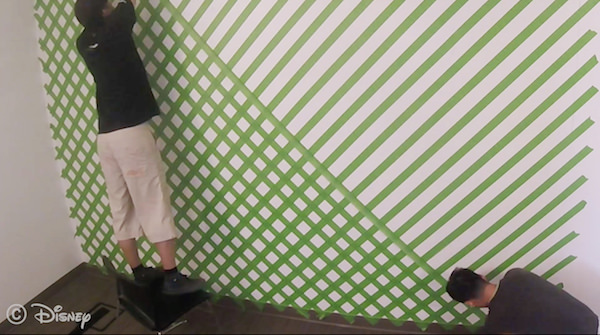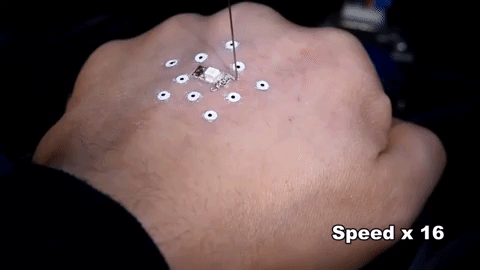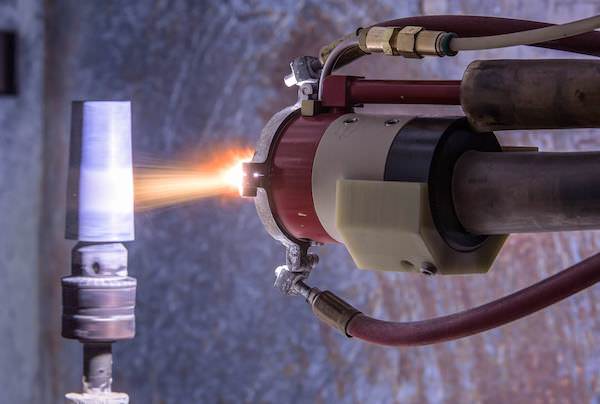Did you ever wish you could fly your own small plane without getting your pilot’s license? Watch today’s video to see how close the future really is!
Read MoreResearchers at Penn State University have developed a self-heating and self-charging lithium-ion battery that can charge itself in 15 minutes at temperatures as low as -45 degrees F. Their technology could speed up adoption of electric vehicles.
Read MoreResearchers at MIT have fabricated small flexible magnetic structures using a 3-D printer and ink fused with magnetic particles. The structures could be used to remotely control biomedical devices for drug delivery or for pumping blood, among other functions.
Read MoreResearchers have devised a simple electronic textile that uses carbon nanotubes to provide an electrical charge. The device enables users to control a computer or small appliance by swiping a finger over the fabric.
Read MoreResearchers have developed a technology to power tiny implantable devices that could be used to monitor medical conditions or treat diseases from inside the human body. The technology uses radio waves, rather than batteries, to power and communicate with the devices.
Read MoreWe have driverless cars. What about driverless boats? Researchers at MIT have designed an autonomous 3-D printed boat that can transport people and deliver goods to their destinations, reducing traffic on roads.
Read MoreResearchers have developed a groundbreaking proof-of-concept battery that interweaves the anode, cathode, and separator in a self-assembling structure. Their work could change the way future batteries are designed for more efficient charging.
Read MoreUsing conductive paint, researchers at Carnegie Mellon University have transformed an ordinary wall into an interactive surface that can track electrical devices, appliances, and even a human’s touch.
Read MoreResearchers have successfully used a 3-D printer to print an electronic circuit on human skin. The technology could help soldiers on the battlefield to detect chemical or biological agents, and the medical field for treating wounds and constructing skin grafts.
Read More


